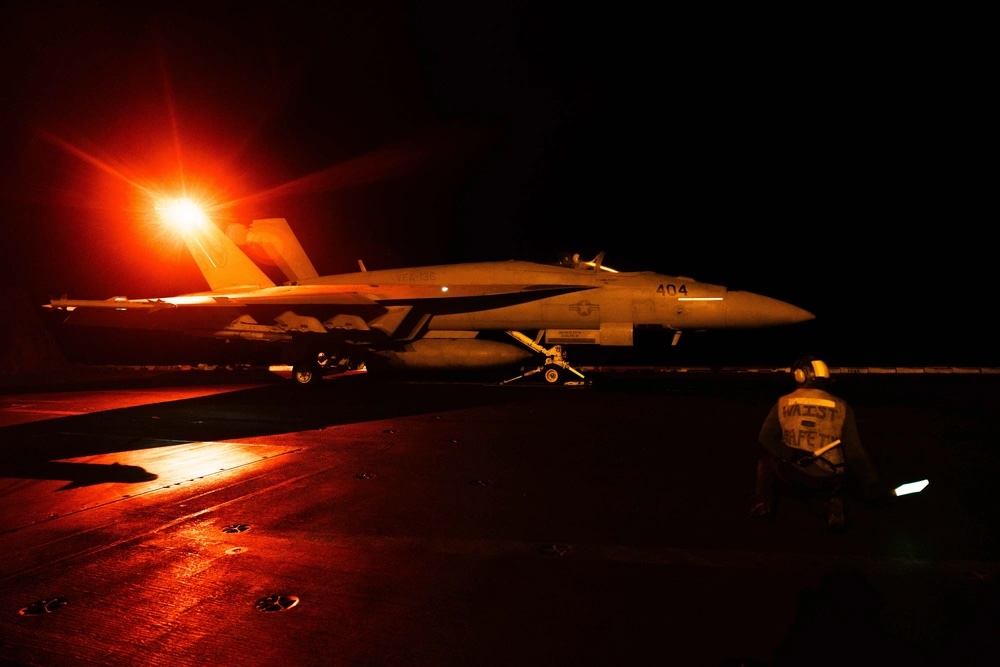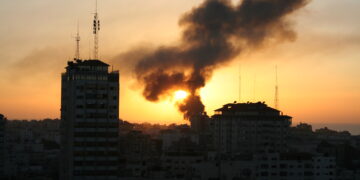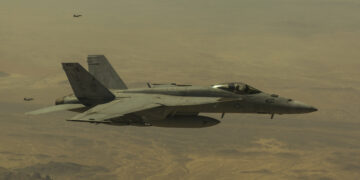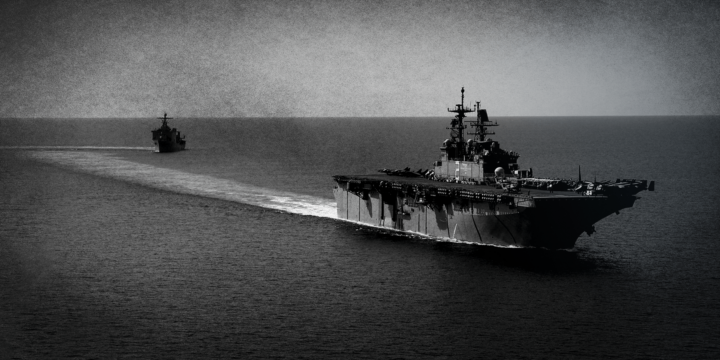On January 22, the third day of the Trump administration’s second term, President Donald Trump re-designated the Houthis a foreign terrorist organization, a label former President Joe Biden lifted during his tenure due to concerns about its humanitarian impact on the Yemeni population. The group, acting as the de-facto government in Yemen ever since it captured Sana’a, the capital, in 2014, has been menacing international shipping lanes in the Bab el-Mandeb and Red Sea since Israel began its retaliatory war against Hamas in Gaza in October 2023.
Trump’s re-labeling was a prelude to a weeks-long air campaign against the Houthis, with U.S. strikes hitting the militia’s military infrastructure nearly every day since mid-March. According to the Pentagon, the first round of U.S. strikes hit 30 targets in what U.S. defense officials say will be an unending war until the Houthis stop launching cruise missiles and attack drones into the region’s waters. Trump hasn’t been shy in elevating the campaign on social media; last weekend, the president posted a video, purportedly of several dozen Houthi militants assembling at an undisclosed location, getting hit by U.S. bombs.
The war isn’t letting up anytime soon. Defense Secretary Pete Hegseth ordered a second U.S. aircraft carrier to the Middle East, in addition to more fighter jets and another Terminal High-Altitude Missile Defense System. About a third of Washington’s B-2 bomber fleet is now deployed to the Diego Garcia airbase in the Indian Ocean.
Author

Daniel
DePetris
Fellow
More on Middle East

Featuring Jennifer Kavanagh
April 8, 2025

Featuring Daniel Davis
April 7, 2025
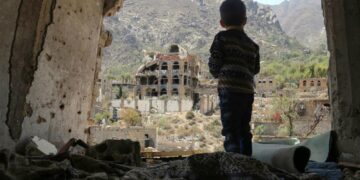
April 2, 2025

Featuring Benjamin Friedman
April 2, 2025
